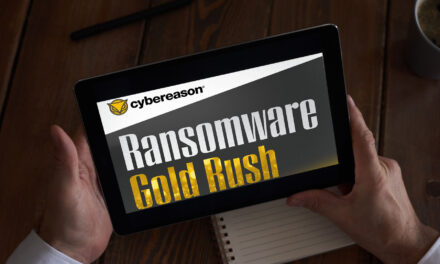Since many small/medium-sized firms still underestimate the importance of data- and cyber-security, here is a back-to-basics primer to encourage a rethink…
When it comes to tightening cybersecurity, it is easy for small- and medium-sized enterprises to be enticed by the latest market trends: but sometimes the best approach is a return to the basics.
Some data is showing that IT has a strong influence on SMEs’ decisions regarding the purchase and use of digital tools, including communication and collaboration (39%), IT support and management (47%), and customer engagement tools (37%).
Unfortunately, many SMEs are still underestimating the importance of cybersecurity. Due to their size, the consequences of a breach can be especially catastrophic. To mitigate these risks, SMEs must stay ahead of the curve and pay attention to their overall IT health.

The vital link: IT Health and Security
While we traditionally view IT as a support function that comes to our aid when devices misbehave or we encounter access issues with our email and company drive, the reality today is different.
IT now wields significant influence over securing core business operations. Investing in the appropriate IT support tools not only aids in basic device maintenance but also improves a business’s ability to monitor endpoints effectively, thereby protecting them against potential weaknesses in their security infrastructure.
Here are a few ways in which IT helps support SMEs with their cybersecurity needs that are worth spotlighting:
- Patch management: Automate the process of applying security patches and updates to software, operating systems, and applications — thereby, closing off any vulnerabilities within outdated software and operating systems that can be exploited by attackers.
- Data encryption: Implement this securely and manage encryption keys properly, ensuring data remains protected and accessible only to authorized users.
- Endpoint security: Protect individual devices from malware, ransomware and other threats.
- Security awareness training: Support security awareness training programs, such as providing simulated phishing exercises and training modules to educate employees on recognizing and avoiding security threats.
- Mobile Device Management: Manage and secure company-owned and BYOD devices on any platform used by employees. This includes enforcing security policies and remotely wiping data from lost or stolen devices.
- Disaster recovery: Automate data backup and facilitate rapid recovery in case of a major data loss or a cybersecurity incident, to ensure your business runs uninterrupted.
SMEs should therefore view IT as the foundation of their security strategy. It is not to be viewed as an extra expense but an essential investment in safeguarding one’s business operations.
By recognizing the symbiotic relationship between IT health and security, SMEs can bolster their defenses against the ever-expanding spectrum of cyber threats.

















